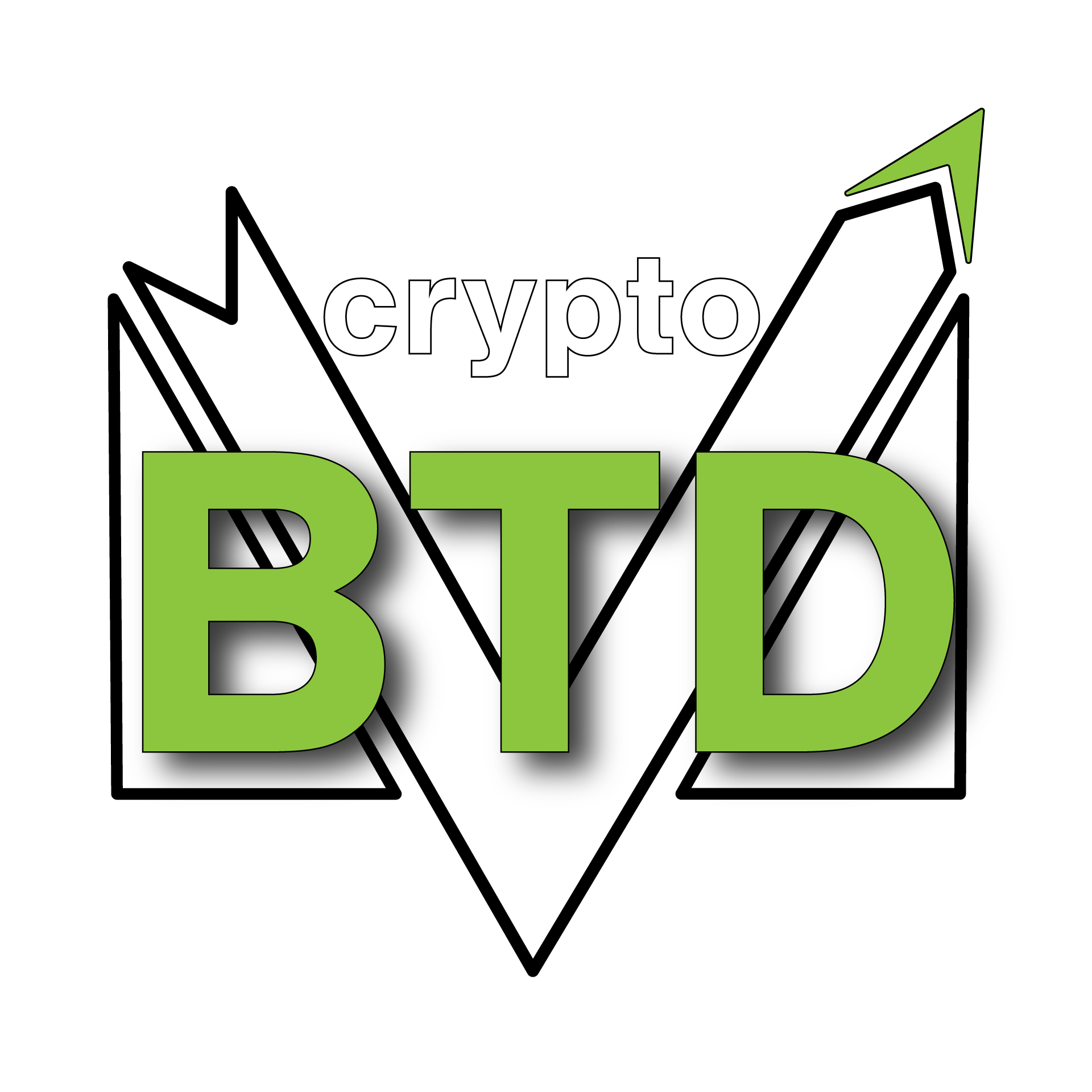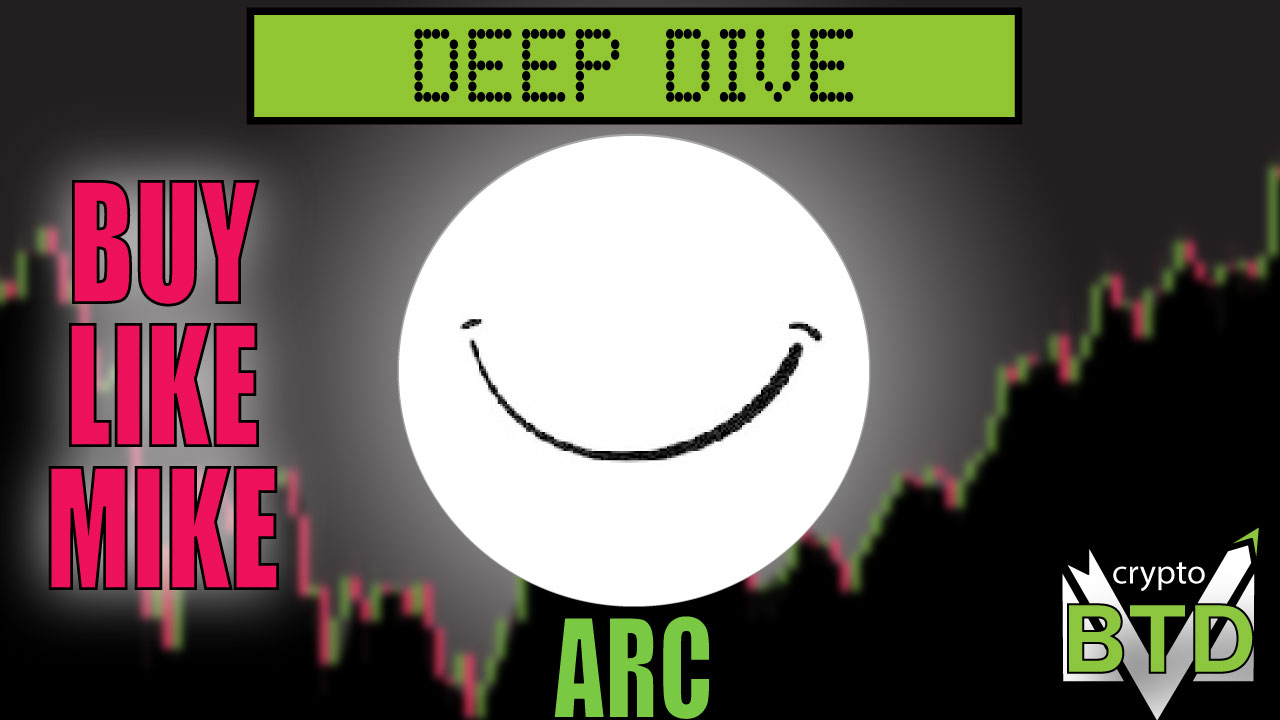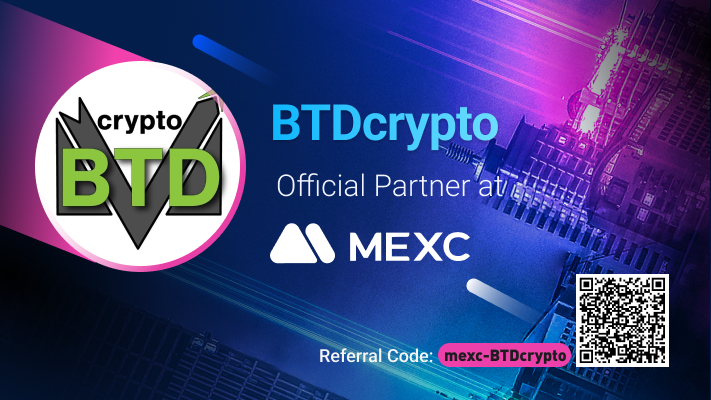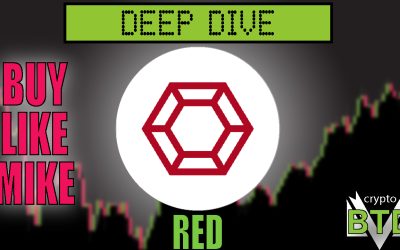Table of Contents
Introduction
In the rapidly evolving world of crypto and AI, few projects are blending both technologies as ambitiously as ARC (AI Rig Complex). This Solana-based initiative aims to build a decentralized future where intelligent AI agents autonomously interact across digital ecosystems. But is it all just futuristic jargon, or does ARC actually bring real value?
In this article, we’ll explore ARC’s tools, tokenomics, infrastructure, team dynamics, and real-world potential. Whether you’re a crypto enthusiast or just AI-curious, here’s what you need to know.
What Is ARC?
ARC is more than just another crypto token. It’s a visionary ecosystem built to help developers and users harness the power of AI in a decentralized web3 world. At its core, ARC is about building and deploying AI agents—automated digital assistants that can perform real-world tasks across both Web2 and Web3 environments.
The ARC ecosystem has three main components:
- Rigs: Think of these as the building blocks for AI agents. Coded in Rust (a language known for performance and safety), rigs provide the functions agents need to operate effectively.
- Playgrounds: These are experimental zones where developers can test their ideas, incubate new services, and collaborate with others.
- Ryome: This is ARC’s app store, designed to bring together users, developers, and services in one place. It connects AI agents with digital platforms and handles payments using ARC’s token.
Together, these elements create a full-stack environment where anyone can build, test, and monetize AI-powered solutions.
Why ARC Matters in the Bigger Picture
Imagine this: an AI agent that books your travel, handles crypto payments, monitors your portfolio, and interacts with other apps automatically. Now imagine this agent isn’t owned by Google or Microsoft—but by you. That’s the promise of ARC.
As AI becomes more central to our daily lives, decentralization becomes critical. ARC aims to make sure that power doesn’t stay in the hands of tech giants. It wants AI to be accessible, transparent, and user-owned.
This is especially important in crypto. A lot of Web3 platforms are building toward decentralization, but few are integrating intelligent automation. ARC fills that gap by offering a system where AI tools can operate in harmony with decentralized finance (DeFi), NFTs, and more.
The Token Behind the Tech: $ARC
Every ecosystem needs fuel. For ARC, that’s the ARC token. It serves multiple roles:
- Payment: You use ARC to pay for services within the Ryome marketplace.
- Reward: Developers who create useful AI services get paid in ARC.
- Incentive: Holding ARC may give you access to premium features or future governance options.
Token Distribution
One of ARC’s strongest points is its token distribution:
- Around 90% of the total supply is already in circulation.
- 85% of revenue goes to service providers (i.e., developers).
- 10% is reserved for ecosystem growth.
- 5% goes to operational costs.
This model promotes fairness, transparency, and community ownership—core values in Web3.
The ARC Stack: Technology & Infrastructure
ARC is built on Solana, a blockchain known for its speed and low fees. Solana allows for fast transactions, which is crucial when you’re dealing with complex AI tasks.
However, not everything is fully decentralized yet. ARC’s backend currently runs on AWS (Amazon Web Services). While this offers reliability and uptime, it raises concerns about centralization. If AWS fails, so could the entire ARC platform.
Another technical issue is the token’s launch mechanism. ARC was launched using Pump.fun, a platform that makes it easy to issue tokens but limits customization. This has led to some failed transactions under high traffic, something that could hurt user experience.
Meet the Team Behind ARC
The team is led by Playground Analytics, a Canadian development group. It’s a small but highly skilled crew with backgrounds in:
- AI and machine learning
- Rust programming
- Software engineering
- Blockchain integration
While the team is technically strong, transparency could be improved. There is no official LinkedIn page for ARC itself, and information about team roles is scattered across personal profiles. A more professional presence would help build trust.
What Is the Roadmap?
ARC’s development plan is divided into clear phases:
- Phase 1: Create foundational tools like Rigs and Playgrounds, and launch the ARC token.
- Phase 2: Expand the Ryome marketplace, onboard partners, and start real-world applications.
- Phase 3: Fully deploy a global AI agent ecosystem where services can interact autonomously.
The roadmap is ambitious but achievable. The main challenge is execution. Success will depend on how quickly the team can roll out a working marketplace and attract users and developers.
Partnerships: The Missing Piece
ARC displays logos from big names like Solana Foundation and MongoDB, suggesting partnerships. But detailed information is lacking. Are these real partnerships or just shared infrastructure?
More transparency would help investors and users understand ARC’s position in the broader ecosystem. A dedicated section on the website with confirmed partners, descriptions, and links would go a long way.
The Ryome Marketplace: Still in Beta
The Ryome app store is at the heart of ARC. It aims to simplify AI agent deployment by offering a drag-and-drop interface and a service directory. However, it’s still in beta.
Early tests show potential, but functionality is limited. Features like payment flows, templates, and third-party integrations are still being refined. Until it’s fully launched, Ryome remains a promise rather than a proven product.
Strengths vs. Challenges
Strengths:
- Fair and transparent tokenomics
- Visionary use of AI + Web3
- Developer-friendly ecosystem
- Early adoption potential in a growing market
Challenges:
- Centralized backend infrastructure
- Limited live use cases so far
- No governance or voting system
- Incomplete partnership disclosures
- Technical limitations from Pump.fun token
Potential Use Cases
ARC’s real-world impact could be huge. Here are just a few examples:
- DeFi automation: Agents that track markets, rebalance portfolios, and execute trades.
- E-commerce: AI that compares prices, makes purchases, and handles returns.
- Healthcare: Agents that book appointments, manage records, and interact with insurance.
- Education: AI tutors customized for individual learning styles.
The potential is there. The challenge is getting from vision to execution.
Community and Social Presence
ARC is active on social platforms, especially X (formerly Twitter), where it has over 50,000 followers. Telegram is buzzing with activity, while Discord is quieter and could use more engagement.
The blog shares technical updates and some partnership announcements, but many posts are high-level. A more consistent content strategy could improve education and engagement.
The Verdict: Should You Care About ARC?
ARC is not a meme coin or a short-term hype project. It’s a serious attempt to build a decentralized AI framework that anyone can use. If successful, it could be a cornerstone of the next phase of Web3.
However, it’s still early. The Ryome marketplace isn’t fully live, and infrastructure depends on centralized providers. Transparency around partnerships and governance is also lacking.
Final Thoughts
We are entering a new era where AI and blockchain are set to reshape the internet. ARC stands at the intersection of those two forces. With its open architecture, incentive-driven model, and community-first mindset, it offers a unique path forward.
But like any early-stage project, ARC has hurdles to overcome. The next 12 to 18 months will be critical in determining whether it can deliver on its promises.
Keep it on your radar. Follow the updates. And when Ryome goes live, take it for a spin. The future of agentic AI might just start with a rig, a playground, and a token called ARC.
Stay tuned. The revolution is just beginning.








0 Comments